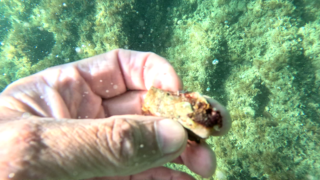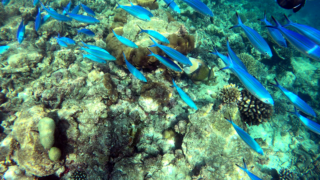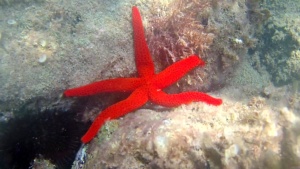Mediterranean jellyfish, Cotylorhiza tuberculata, is a species of jellyfish, of the phylum Cnidaria, also known as the Mediterranean jelly. It is commonly found in the Mediterranean Sea, Aegean Sea, and Adriatic Sea. It can reach 40 cm in diameter. It seems that this jellyfish’s sting has very little or no effect on humans. The cnidarian’s smooth, elevated central dome is surrounded by a gutter-like ring. Its marginal lappets are elongated and subrectangular. Each moutharm bifurcates near its base and branches several times. In addition to some larger appendages, there are many short, club-shaped ones that bear disk-like ends. cassiopea mediterranea
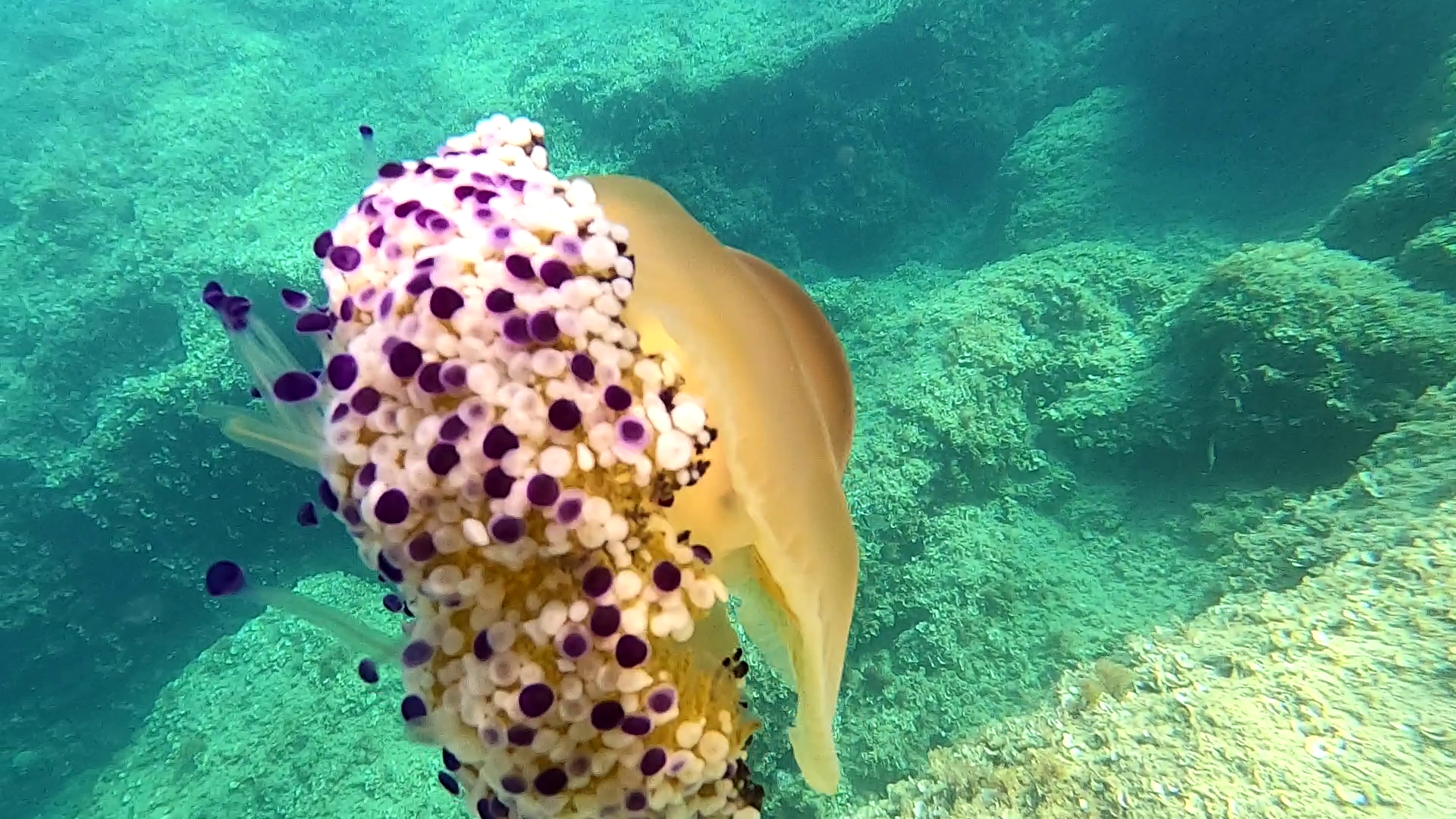
Mediterranean jellyfish – Cassiopea mediterranea – Cotylorhiza tuberculata – www.intotheblue.it
Cotylorhiza tuberculata are the most common jellyfish of their entire order in the Mediterranean Sea. They experience an annual life cycle marked by summer population blooms, which is likely an adaptive result of the strong seasonal changes in their Mediterranean environment. Their phases of development are quite similar to that of their other iellyfish counterparts. Cotylorhiza tuberculata‘s four main stages of growth include the swimming larvae known as planulae; younger, sessile polyps called scyphistomae; the undeveloped young adult intermediates known as ephyrae; and the adult jellyfish forms, called medusas.
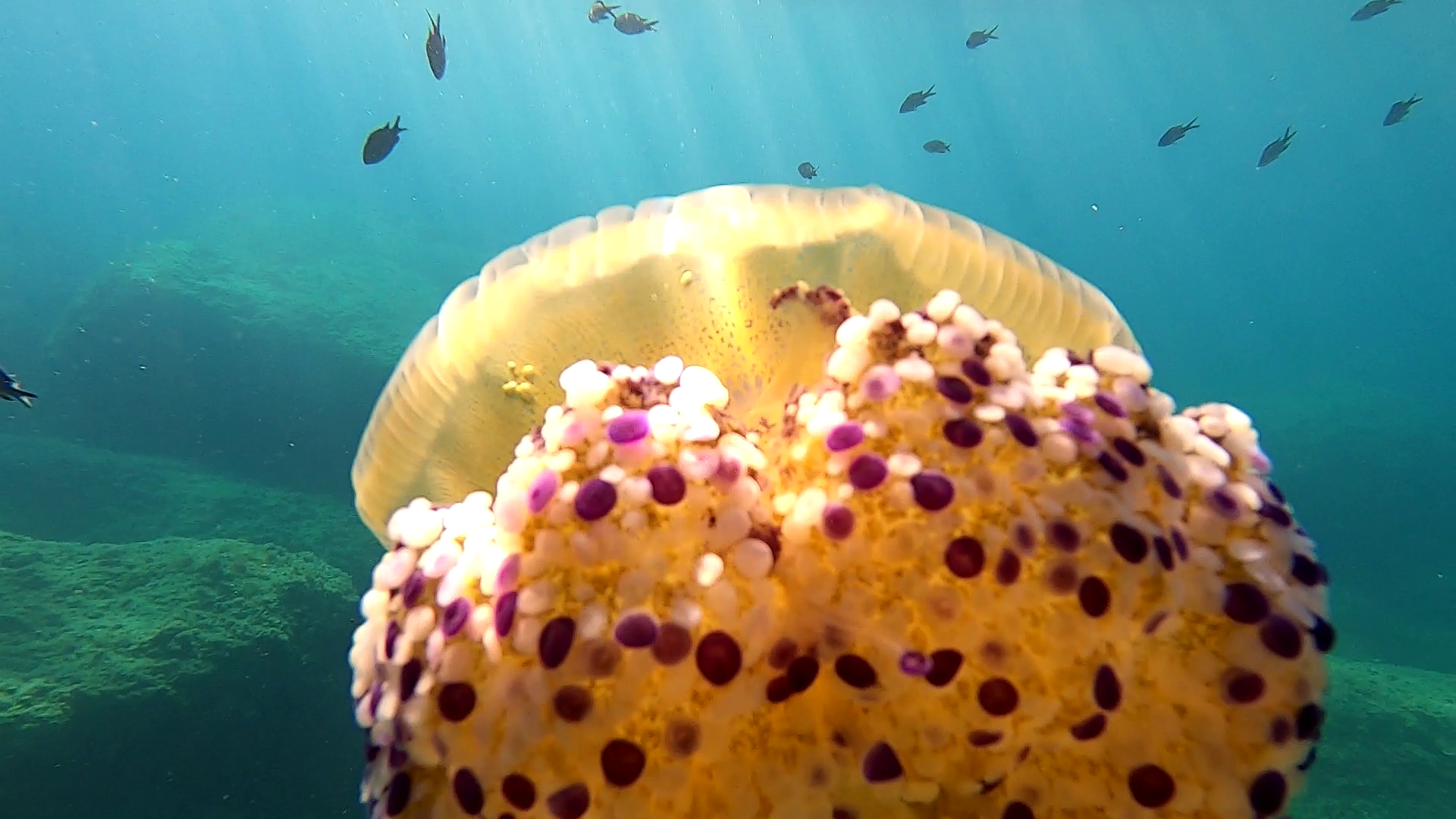
Mediterranean jellyfish – Cassiopea mediterranea – Cotylorhiza tuberculata – www.intotheblue.it
In a given year, planulae are present from August to November, scyphistomae are present perennially, ephyrae can be seen from May to August, and medusa are prominent from July to November. Sexual reproduction between adult medusas typically occurs between August and October. Female Cotylorhiza tuberculata are internally fertilized with sperm from the mouth arm appendages of their male counterparts, and after a gestation period, eventually release large numbers of planulae into the water.
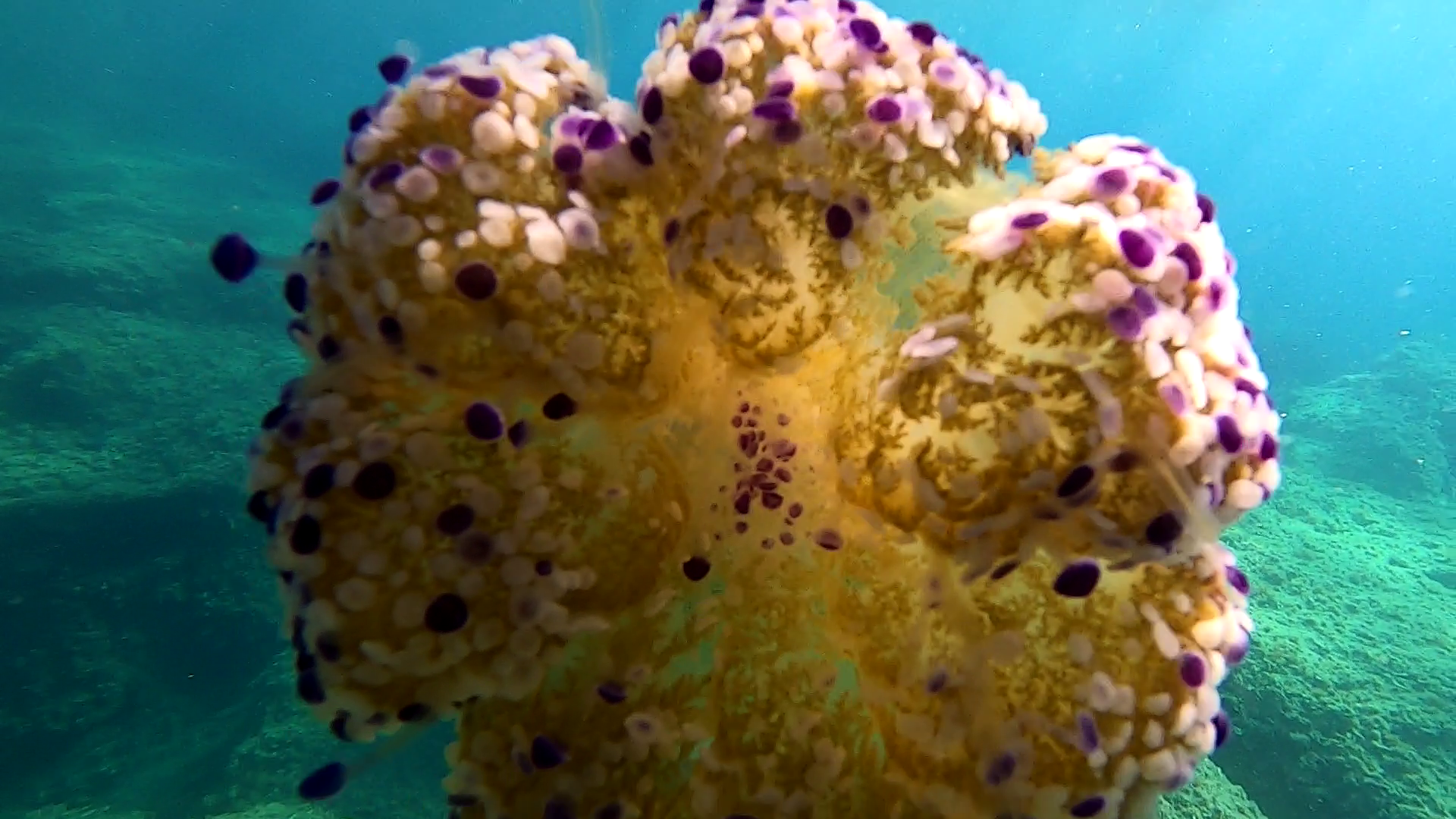
Mediterranean jellyfish – Cassiopea mediterranea – Cotylorhiza tuberculata – www.intotheblue.it
A curious aspect is that this type of jellyfish are always accompanied by some minnows, such as mackerel, cod, etc., which, being immunized against the stinging poison, seek shelter among their tentacles in case of danger. Beautiful and elegant lends itself well to underwater photography and video footage, making itself admired by all those who love the sea.
(tratto da Wikipedia)
 English
English Italiano
Italiano

